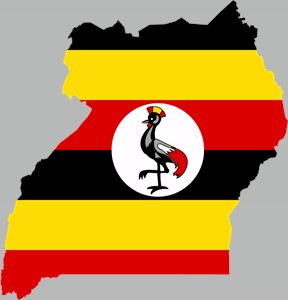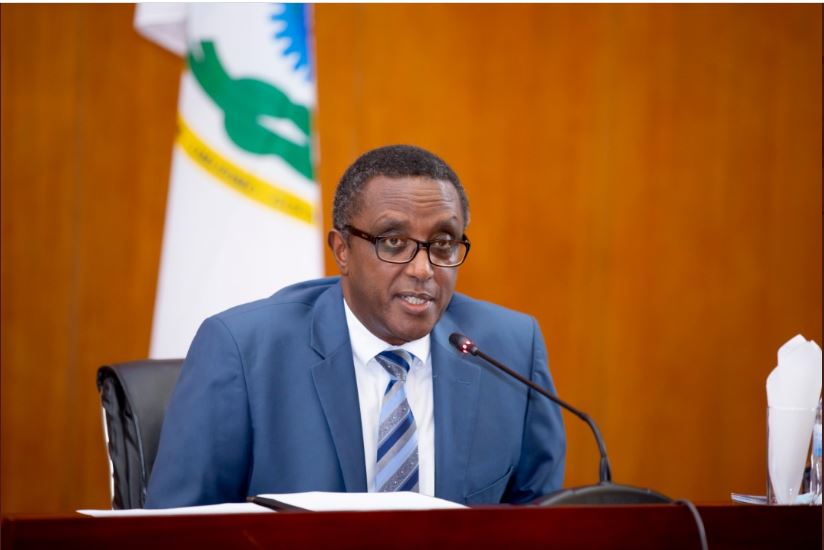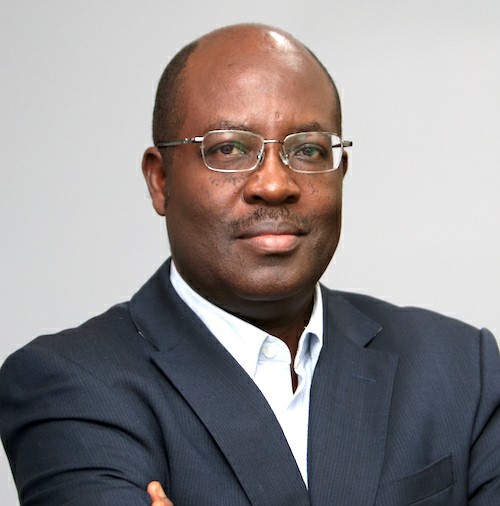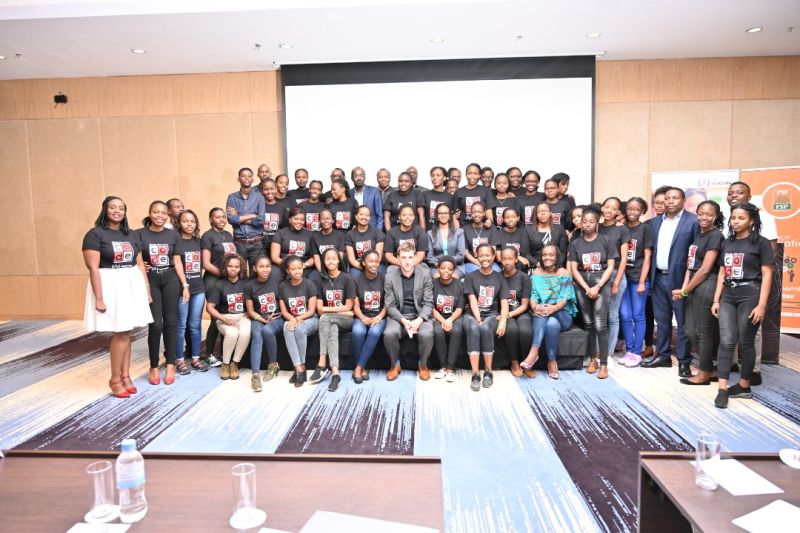Regional
Why Hutu Power extremism flourishes in France
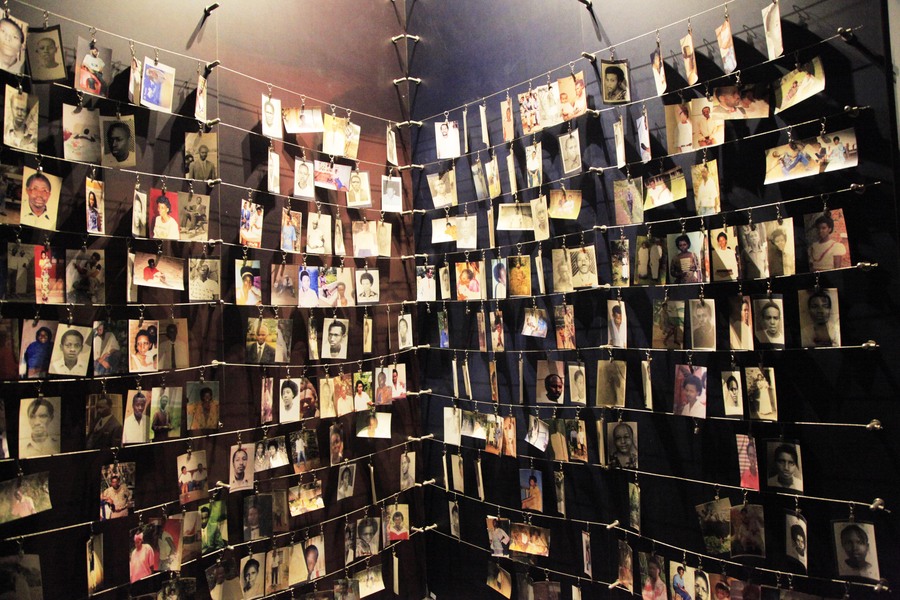
At the end of the Second World War and the Holocaust that
claimed more than six million Jews, Nazis found a haven in Latin America. Similarly, after the war and genocide against
the Tutsi in July 1994, Rwandan genocidaires and their Hutu Power ideology
found safe harbour in France where they have built a stronghold.
In the article “Rwanda: Le “Hutu Power” a Survécu en France »
by Théo Engelbert, published by Mediapart on May 19, light is shed on how
France became a fertile ground for Hutu Power proponents. Mediapart's
investigation reveals the extent to which and how Hutu extremists have, for so
long, thrived in France, in total impunity.
France welcomed hundreds of Rwandan extremists, who
organised themselves in associative networks. Between April and June 1994, more
than one million Tutsi were exterminated in Rwanda. Some of their murderers
today live in France and other foreign countries but only a handful are pursued
or investigated.
According to Andrew Wallis, British freelance journalist,
and writer, “a variety of ingenious methods were used to enter France, their
most favoured destination. One ploy was for Rwandans in Nairobi to head to the
Russian Embassy with a passport, either forged or real, to request a visa to
the Russian capital before boarding a flight to Moscow via Paris. Once in the
French capital, a one night stay allowed the traveller to “disappear”, only to
turn up later and claim refugee status. Others used fake Kenyan passports that
would allow them to travel to Germany that required no visa for Kenyan
nationals. In many cases, families were sent on ahead to the West with the
husband then arriving to claim his entitlement to “family reunification.”
Nobody knows the exact number of those suspected of genocide
crimes. But, in this investigation, Mediapart found out that the prevailing
impunity is particularly incomprehensible regarding three suspects. The latter
are on the first list of persons that Rwanda considers as first category
genocidaires.
According to Mediapart, that list contains the names of
about 2,000 individuals that the Rwandan government wanted brought to justice.
But that list was not exhaustive due the fact it was made in the wake of the
war and genocide. Therefore, there is a strong possibility a lot of suspects
are not mentioned. Mediapart believes
that there is no way the French authorities could have ignored the existence of
that list; since 1996, the administration was aware of it. These are the three
individuals named in the Mediapart report.
Hyacinthe
Bicamumpaka
He was working as a journalist at Radio Rwanda, ORINFOR
(National Office for Information). Two days after the beginning of the
genocide, Bicamumpaka echoed the official version of the justification of the
massacres. This radio commentator justified the carnage of the Tutsi, which was
raging in the capital Kigali, saying that gunfire heard in Nyamirambo was a
result of Rwandan armed forces tracking down the Inkotanyi. As spokesman for
the Minister of Defence a month later, he reminded the population to remain
vigilant for better protection: "on the roadblocks and during the patrols
you do, be cautious and check the identity of all passers-by."
This was a cover for the massacres of Tutsi which was at its
height during that period. In June he told Jeune
Afrique that even if they lost the battle, they would be back. Even if the
enemy wins, he will reign over a desert, he asserted. As indicated by the
Mediapart report, 15 days after this declaration, Bicamumpaka arrived in
France. He applied for asylum in France in 1995, but his application was
rejected in October 1997 because the Geneva Refugee Convention does not cover
people suspected of committing genocide crimes. Surprisingly, Bicamumpaka still
resides in France.
Joseph
Mushyandi
He was a lawyer by training close to the extremist political
and religious circles. He led a puppet human rights organisation. He is
suspected of having attributed to the rebels the massacres perpetrated by the
regime and may have himself participated in the killings in Kigali, his home
region.
He used the tactics known as “accusations en miroir” and worked jointly with individuals who were
condemned to life in prison by international courts. Mushyandi is now the
commissioner of judicial affairs in FDU-Inkingi, a face of PARMEHUTU, whose
members are former politicians who fled from Rwanda after playing a big role in
the Genocide against the Tutsi in 1994.
Anastase
Rwabizambuga.
He worked in the school furniture business in Kigali. He
changed his name in 1999 thanks to naturalisation and resides in
Hauts-de-Seine. The information he submitted for the registration of a business
selling auto spare parts correspond to his details on the 1996 list established
by the Rwandan government.
Mediapart explains that Hutu extremists were able to settle
in France and to enjoy total impunity because of several factors, including the
French authorities' lax and conciliatory attitude towards them. This situation allowed them to invite their
compatriots. The first Rwandan extremists who arrived in France quickly
infiltrated the asylum system apparatus at all levels, central administration,
social services, human rights associations, and even European agencies.
The refusal of asylum to many of these extremists did not
have any judicial repercussions. Mediapart identified 17 people suspected of
having committed crimes by OFPRA (Office Français de Protection des Réfugiés et
Apatrides) but were never pursued. Two died, while three others left France for
Belgium.
But beyond the presence of the three
suspects Bicamumpaka, Mushyandi, and Rwabizambuga, the extremists were able to
set up an association network. Mediapart revealed that those responsible for
the genocide had in fact elaborated a plan that they were following
meticulously. As noted, if the military component of their strategy ended up in
debacle, the setting up of a militant diaspora in Europe was a true success.
After the creation of the RDR (Rally
for Democracy in Rwanda in April 1995, French intelligence services were
initially sceptical about it, then later had a favourable view. One year later,
after its creation, an internal document of the situation of the organisation
reveals in its strategy, RDR planned to create organisations, NGOs, dance
groups which serve as a cover for the collection or transit of funds.
According to Mediapart, while the
RDR was being put in place, Bicamumpaka was busy setting up an association
called Cercle de solidarité Rwandais de
France (CSRF) whose statutes were drawn in Paris by the RDR leadership. This
association in turn blossomed in the four corners of France and created another
15 organisations which were all similar, in accordance with the RDR plan.
Mediapart collected 400 documents showing 279 Rwandans, but this number is not
exhaustive.
Mediapart was able to discover 31
structures in 15 Departments. Their activities are mainly concentrated in
Paris, in l’Essonne, les Hauts-de-Seine,le Val-de-Marne et les Yvelines, mais
aussi à Amiens, Bordeaux, Besançon, Orléans, Le Havre, Lille, Lyon, Rennes, Reims,
Rouen, dans le Tarn, à Strasbourg, Toulouse et Tours. Mediapart noted that
small communities reproduce the social pyramid that existed in the country of a
thousand hills (Rwanda). On the top of the structure, is Rwanda’s former
intellectuals, diplomats, financiers of the military.
Thus,
according to Mediapart, for 27 years,
the Rwandan diaspora in France has been girded by a core of extremists which
chokes any attempt to escape from its control. It is made up of a generation of young Europeans of Rwandan
origin which grew up within the diaspora, moulded in bitterness and lies, and
stepped in the ideology of those who wish to prevent reconciliation amongst
Rwandans at all costs.
Mediapart
concludes that this situation was favoured by the impunity enjoyed by the
genocidaires in France, and the denial sustained by some French political
officials who - for a long time - were engaged in disinformation and
falsification of history. The case of Agathe Kanziga, wife of late extremist
President Juvenal Habyarimana, whose application for asylum in France was
rejected, but lives scot-free in the country, is further evidence of that
impunity.
France
has not been able to extradite her to Rwanda, or to try her in French courts. It
may also explain why Felicien Kabuga, a former Rwandan wealthy businessman who
is dubbed the “genocide financier” who had been on the run for more than 27
years found in France a secure location to evade capture. He was arrested in
May 2020 and is on trial in The Hague, at the International Residual Mechanism
for the Criminal Tribunals.
Months
after the arrest of Kabuga, another key architect of the genocide against the
Tutsi, Colonel Aloys Ntiwiragabo, who served as head of military intelligence
during the genocide was found by Mediapart in Orléans, in central France. Hopefully,
the recent rekindling of the relationships between France and Rwanda, following
the release of two crucial reports, the Duclert Report, and the Muse Report, as
well as the visit of French President Emmanuel Macron to Rwanda marks a turning
point in this sad saga.


